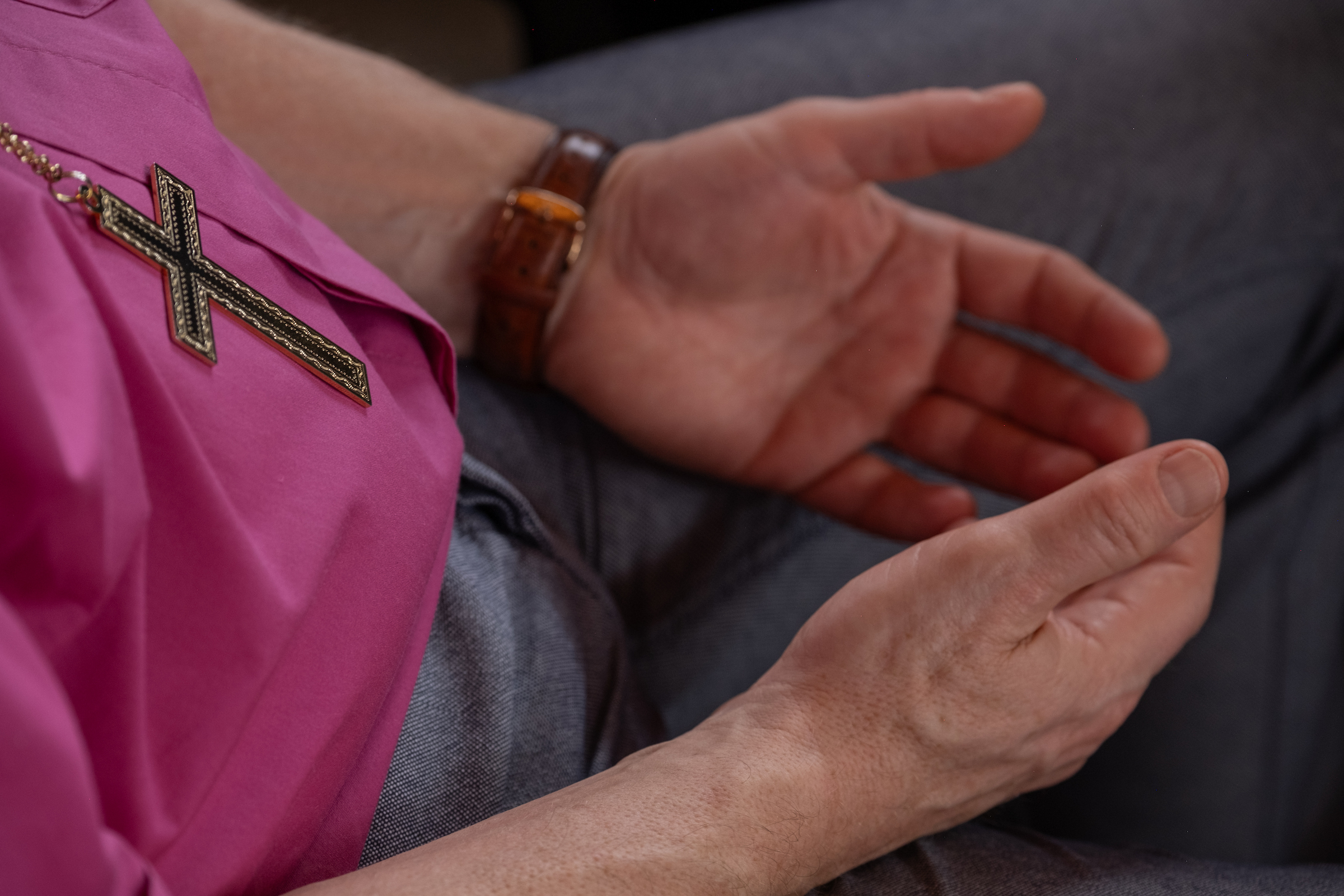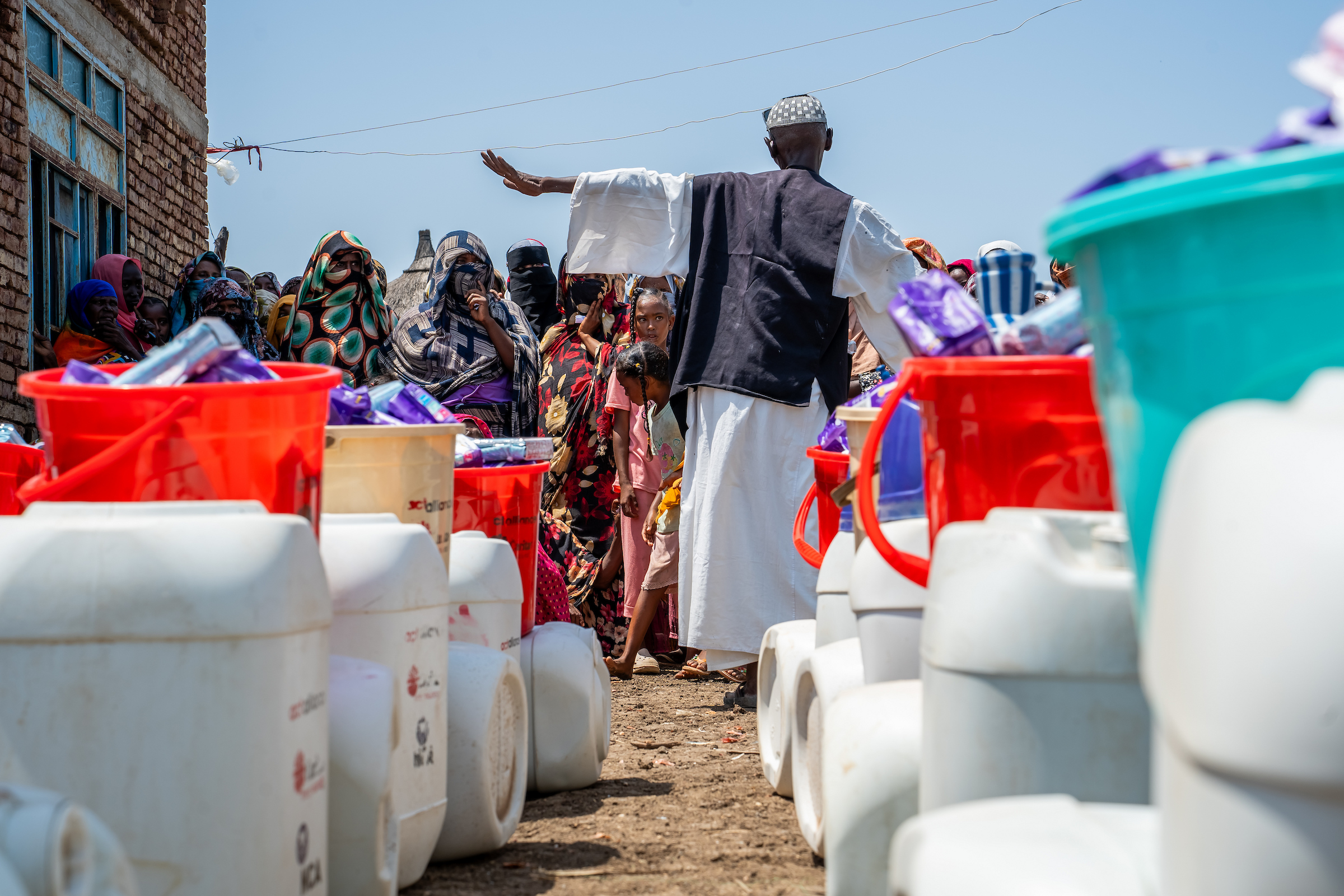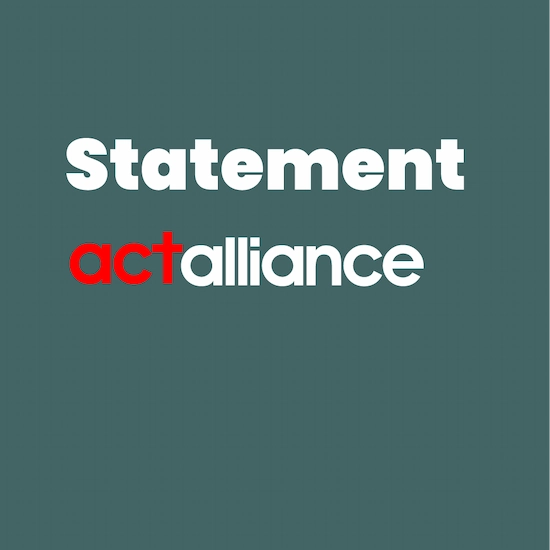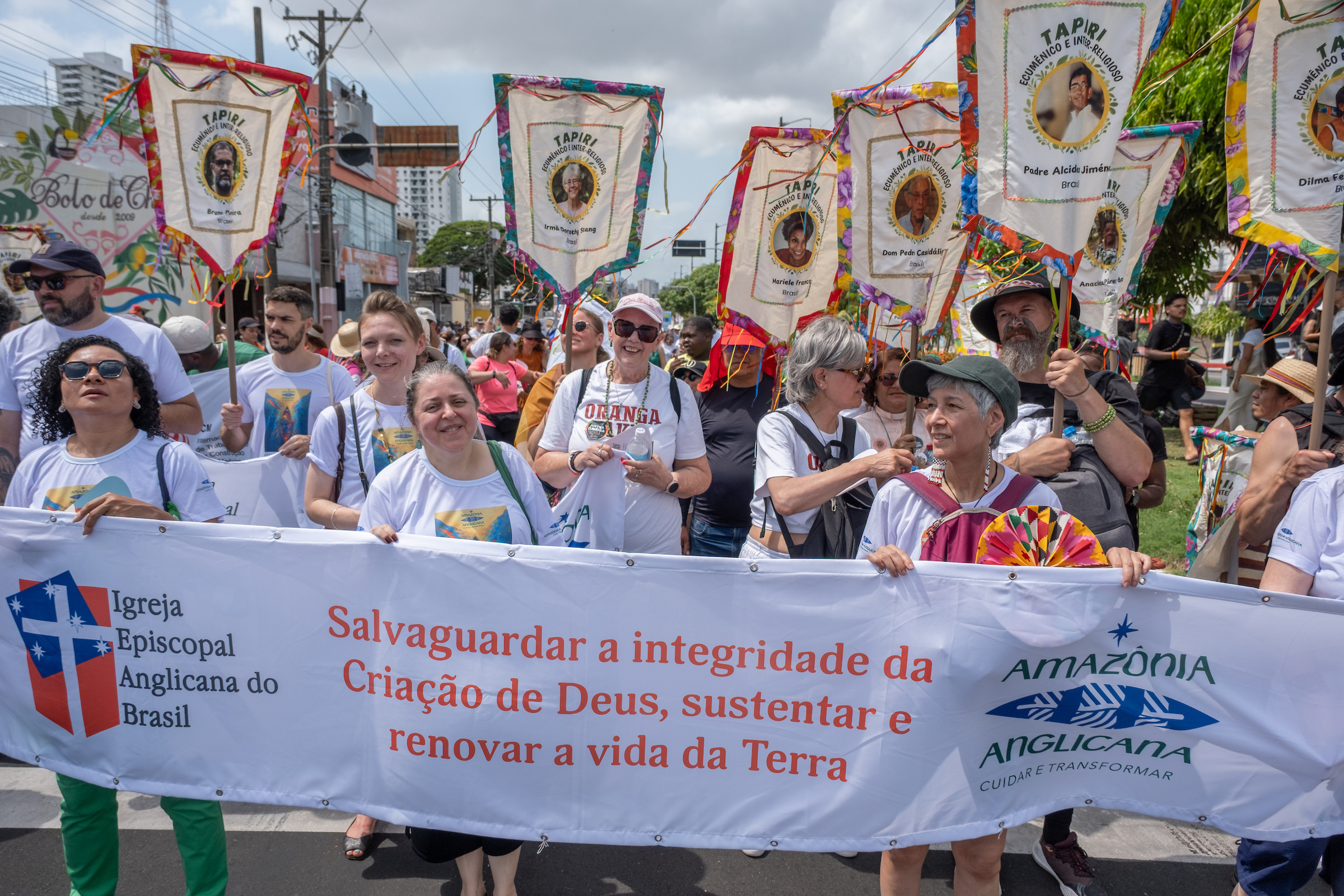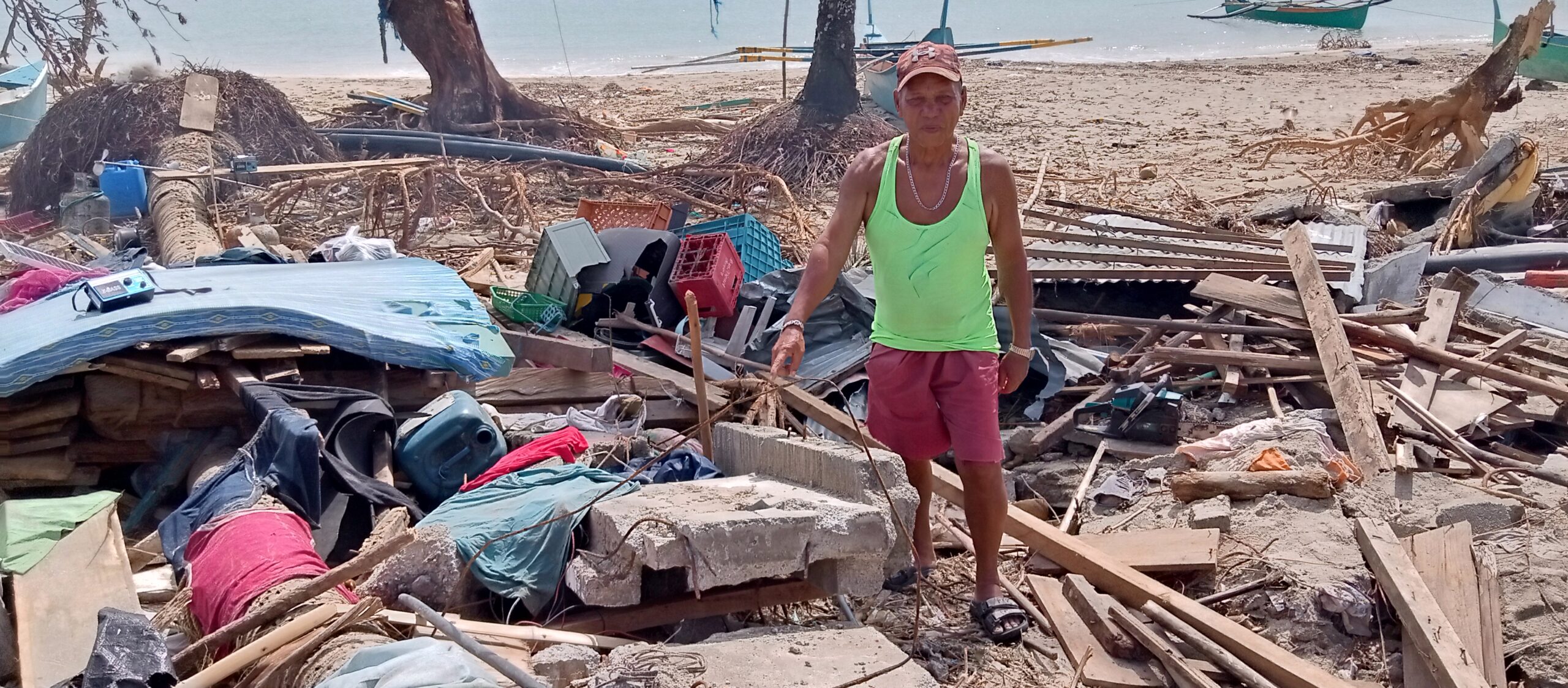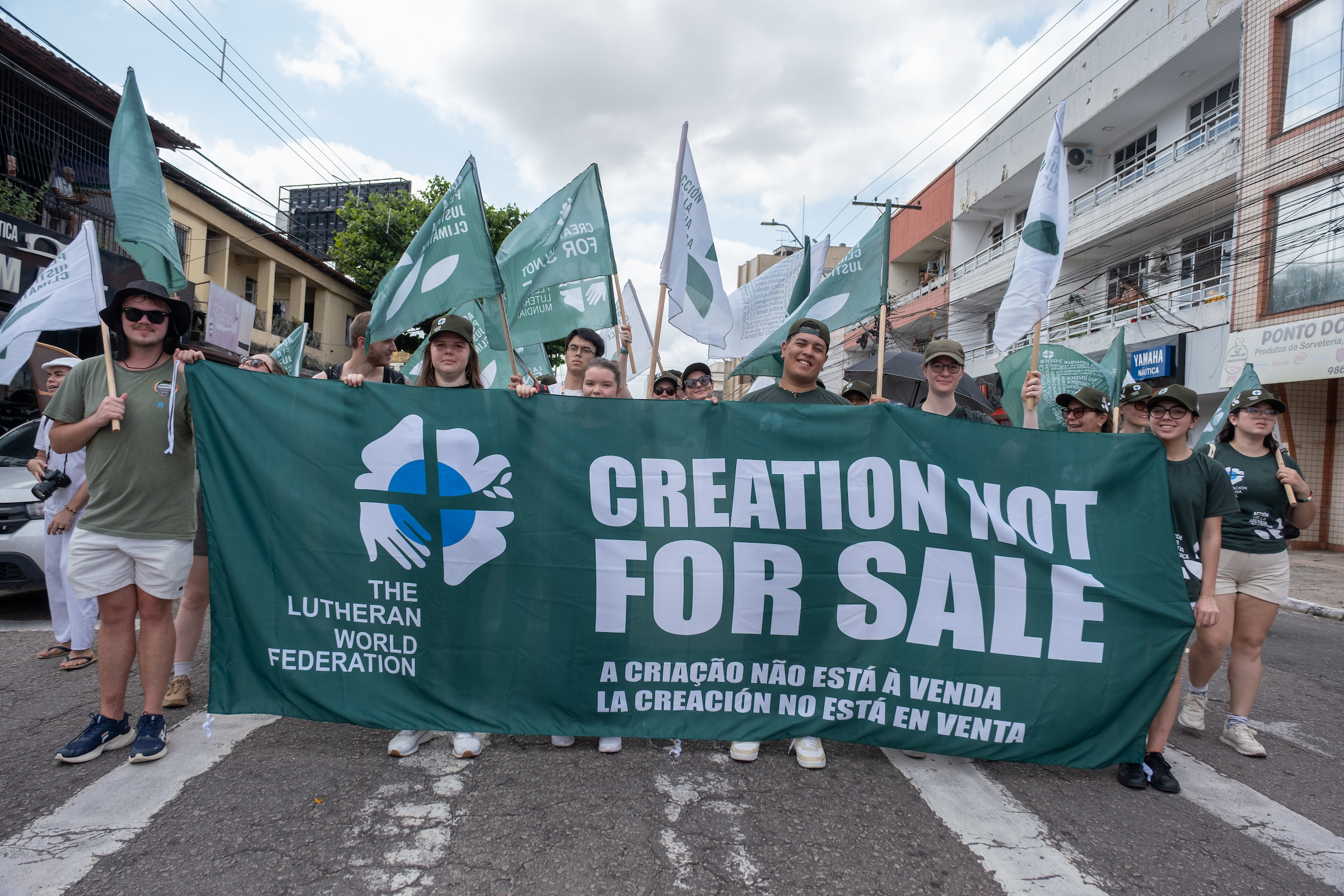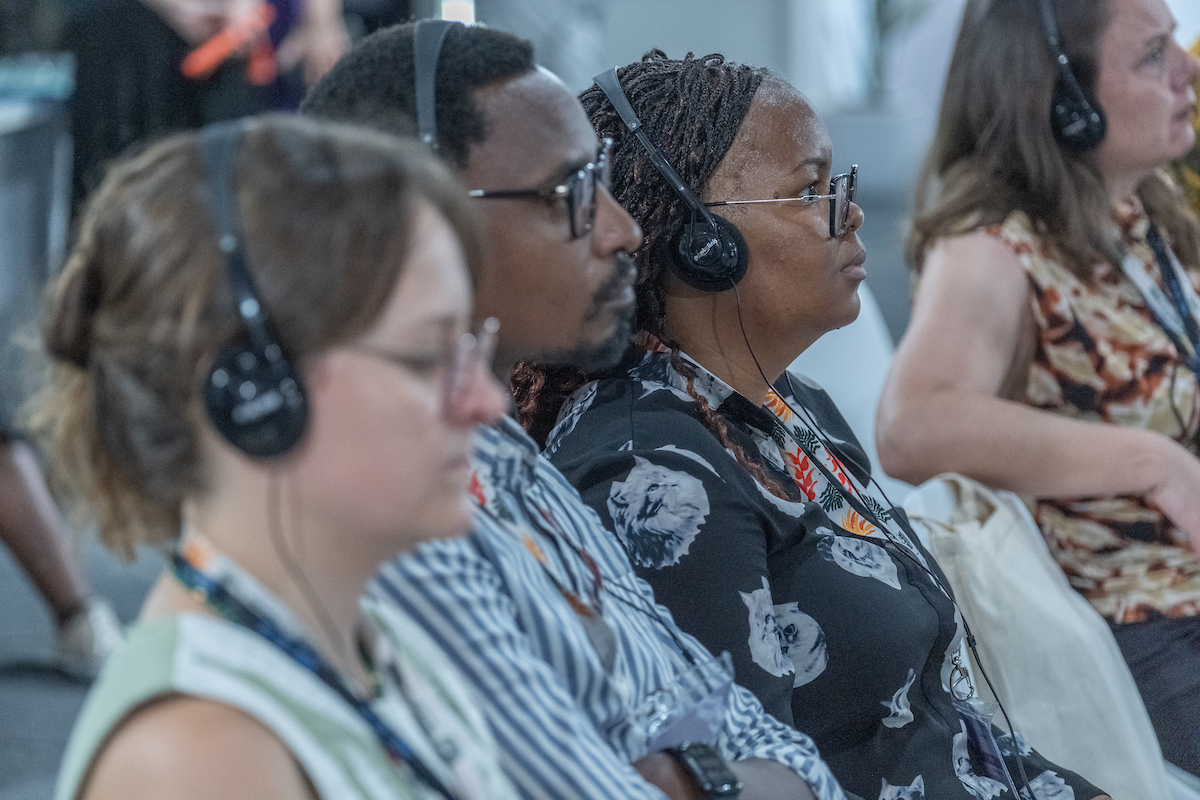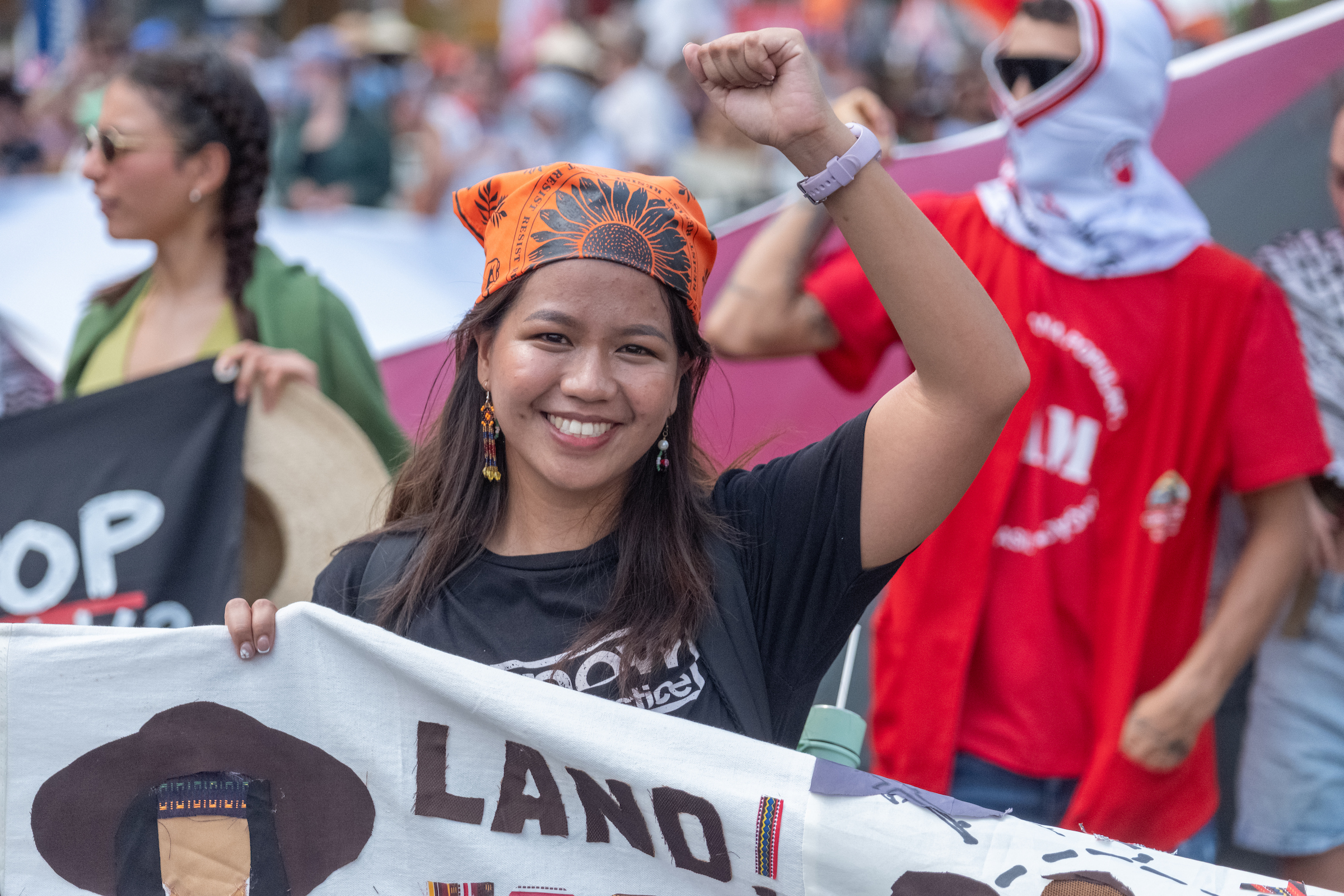By Nushrat Chowdhury
Developing countries have long called for a global assessment of climate change related losses and damages (L&D) to inform global climate negotiations. The Paris Agreement (2015) separated L&D from adaptation and since then it is considered as the third pillar in climate action. The other pillars, mitigation and adaptation, both have their own gap reports published annually before the Conference of Parties (COP), but there is nothing similar for L&D yet. Therefore, at COP30, a process should be established to deliver an annual State of Loss and Damage Report (initially known as the Loss and Damage Gap Report) – a pressing priority that needs immediate action.
The development of the State of Loss and Damage Report is being negotiated under the third review of the Warsaw International Mechanism for Loss and Damage (WIM) – one of the main issues for L&D negotiations at COP30. Even though both developing and developed countries are open to the idea of having a L&D Status report, developed countries have expressed their strong reservations on whether the report should quantify the resources required for countries to respond to L&D.
L&D finance remains a taboo topic in climate negotiations – it took almost thirty years to establish a dedicated fund for loss and damage, the Fund for Responding to Loss and Damage (FRLD), and now disagreements over finance in the State of Loss and Damage Report is a barrier to reach a consensus on the ongoing WIM review. It is critical to quantify the difference between what is needed to address climate change impacts and the available funding. As climate impacts rise with warming, both economic and non-economic losses and damages increase, disproportionately affecting peoples and their livelihoods in the Global South. The costs are expected to rise steeply in coming days, particularly in the absence of required mitigation and adaptation efforts.
Though studies, assessment, reports, and databases have been the sources for L&D related financial needs, more robust numbers are needed that underpin the magnitude of addressing loss and damage adequately and in a timely manner. The information on finance is also needed to address the gaps in L&D related capacity and technical assistance.
At a minimum, the State of Loss and Damage Report:
- Should provide regular and concrete scientific, policy, financial and technical information to support and progress response to loss and damage worldwide
- Needs to be an independent and in-depth assessment of developing countries’ loss and damage related needs including technical, financial assistance and capacity building, what is currently available to them and what actions they are already taking to respond to losses and damages in their countries including recovery actions
- Should be based on the best available science
- Needs to discuss ways to potentially bridge the loss and damage finance gap
- Can include advocacy demands for accelerated loss and damage actions
- Needs to be an authoritative report similar to the Adaptation Gap Report
- Must establish a dedicated, centralised information source for loss and damage
While the climate negotiations are going on in Belem, Brazil, the farmers from 29 districts out of 64 in Bangladesh, are reported to have been looking for ways to address their loss of crops caused by unseasonal heavy rainfall boosted by Cyclone Mantha in late October and early November. According to the country’s agriculture extension office, a total of 125,926 farmers have been affected across the country with 6,235 hectares completely destroyed. The farmers from the northern region were the worst hit – Rajshahi region recorded around 11 million dollars in damage. Northern farmers’ total crop loss has mounted to around 18 million dollars.
Whilst countries including Bangladesh usually focus on major sudden and extreme weather events and their impacts, slow onset weather events which evolve over time are not fully documented and acted upon, for example, the same region is experiencing a drought-like situation, the region’s water level is declining fast, temperature is rising rapidly and a change in rainfall patterns is slowly leading it towards a crisis. This kind of process is often overlooked and impacted people do not receive support as expected.
The State of Loss and Damage Report needs to serve as a centralised information source of both these extreme and slow weather events comprehensively acknowledging economic and non-economic losses and damages experienced by individuals, communities and environment across all regions. Comparatively small-scale disasters which have significant local impacts need to be taken into consideration – integrating local communities’ perspectives is a must in this regard.
Currently, three L&D related institutions under UNFCCC, WIM, FRLD and Santiago Network are operational and this report can play a vital role in delivering their work.
L&D is the residual impacts of climate change which cannot and will not be avoided through mitigation and adaptation efforts. Some impacts are already irreversible and others will experience losses and damages over the next hundreds to thousands of years. It is fundamentally an intergenerational issue. Delaying the State of Loss and Damage Report can cause negative consequences including missed opportunities to support people experiencing the unfair burden of climate change.
About the writer: Nushrat Chowdhury is a climate justice policy advisor, based in Dhaka, Bangladesh
